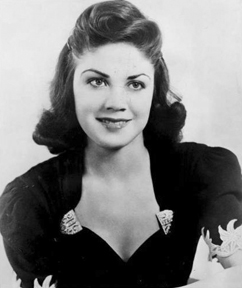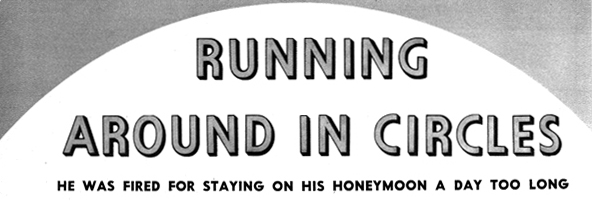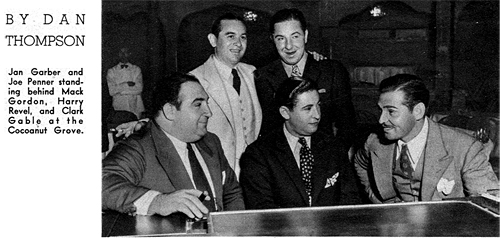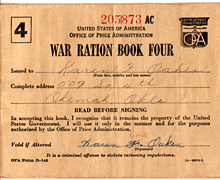 Sadly, there aren’t terribly many performers still with us who enjoyed success during the Cladrite Era—all the more reason, then, to celebrate songbird Kitty Kallen‘s 93rd birthday.
Sadly, there aren’t terribly many performers still with us who enjoyed success during the Cladrite Era—all the more reason, then, to celebrate songbird Kitty Kallen‘s 93rd birthday.
Kallen, born Katherine Kalinsky in 1922 in Philadelphia, sang on the radio as a child on a program called The Children’s Hour, which was sponsored by Horn and Hardart, the Automat people, and as a teenager, she had occasions to sing with the big bands of Jan Savitt (in 1936), Artie Shaw (in 1938), and Jack Teagarden (in 1940).
At 21, she replaced Helen O’Connell as the singer for the Jimmy Dorsey Orchestra, primarily performing duets with Bob Eberly. After Eberly entered military service in 1943, Kallen joined the Harry James Orchestra, with whom she sang on several hit songs, including two—“I’m Beginning To See the Light” and “It’s Been a Long, Long Time”—that reached #1 on the charts.
But Kallen’s career didn’t end when the big band era did. Her 1954 hit, “Little Things Mean a Lot,” was number one in the U.S. for nine weeks and remained on chart for nearly seven months, selling more than two million copies in the process. She had many more hits throughout the 1950s and early ’60s
She also appeared frequently on television, on Broadway in Finian’s Rainbow, in many of the world’s top nightclubs and in at least one motion picture. On her final album, Quiet Nights, she sang in the bossa nova style. A lung ailment would eventually force her retirement, but Ms. Kallen is still with us and we sincerely hope she enjoys a wonderful birthday today.




